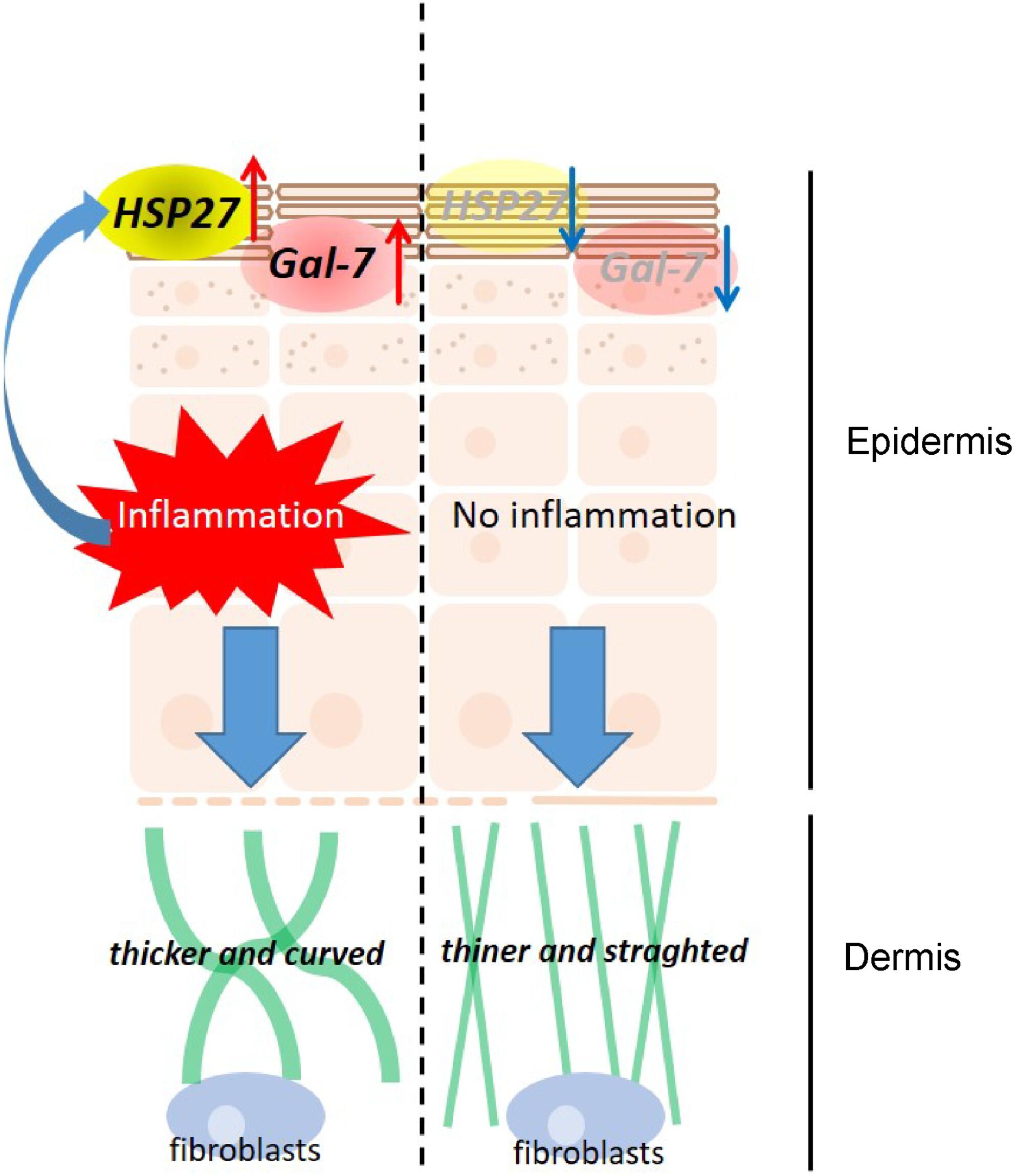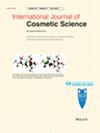The effect of degeneration of elastic fibres on loss of elasticity and wrinkle formation
Abstract
Objective
Skin elasticity, which is vital for a youthful appearance, depends on the elastic fibres in the dermis. However, these fibres deteriorate with ageing, resulting in wrinkles and sagging. Changes that occur in the elastic fibres in living human skin and the relationship between elastic fibres and the state of the skin surface remain unclear. Therefore, it is necessary to verify the relationship between elastic fibres and skin elasticity. In this study, we investigated the association of the elastic fibre structure with skin elasticity and stratum corneum protein content in living human skin.
Methods
Thirty-five female volunteers aged 25–66 years were included in this study. Elastic fibres were observed using a multiphoton scanning laser biomicroscope. Skin elasticity was measured using a Cutometer, and stratum corneum proteins (Heat-shock protein 27 [HSP27] and galectin-7 [Gal-7]) in tape-stripped samples were analysed using an enzyme-linked immunosorbent assay.
Results
Elastic fibres exhibited increased curvature and thickness with increased age, with fragmentation observed in women aged >60 years. Elastin scores, which reflect thinness and curvature, were negatively correlated with age, whereas they were positively correlated with R7 elasticity (recovery ability). In individuals aged 20–30 years, higher levels of inflammatory markers (HSP27 and Gal-7) correlated with lower elastin scores; however, this trend was not observed in older participants.
Conclusion
Elastic fibre deterioration worsened after 40 years of age, and this effect correlated with reduced skin recovery and increased wrinkles. In younger individuals, inflammatory markers affected elastic fibres. These findings can guide anti-ageing strategies that focus on elastic fibre preservation and inflammation control.


 求助内容:
求助内容: 应助结果提醒方式:
应助结果提醒方式:


